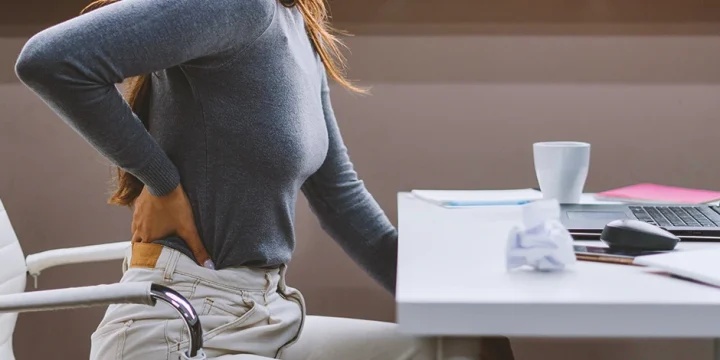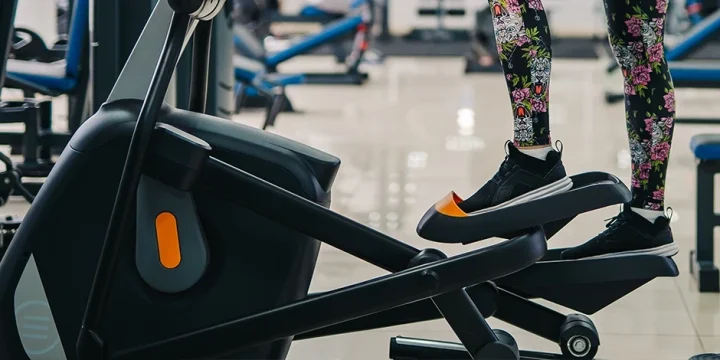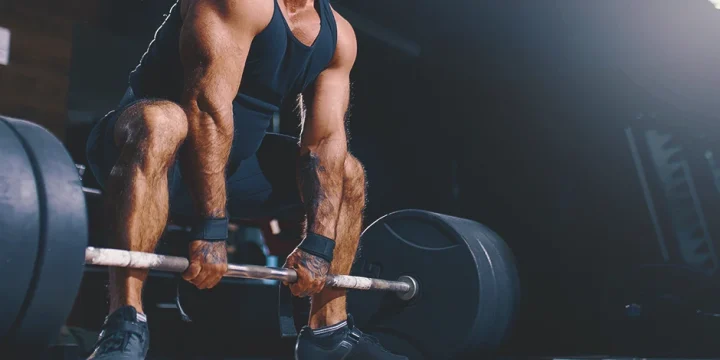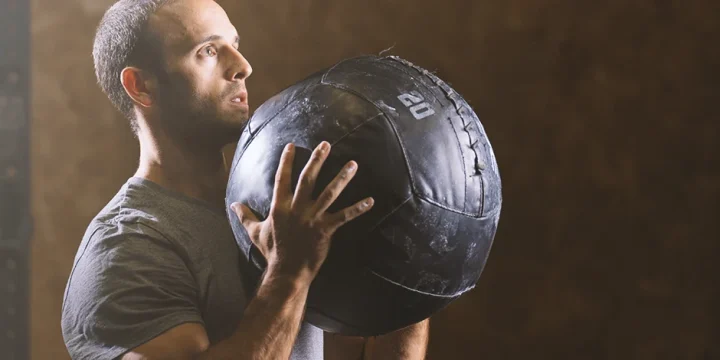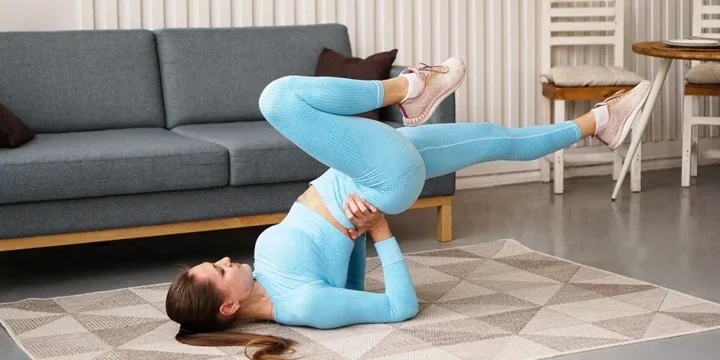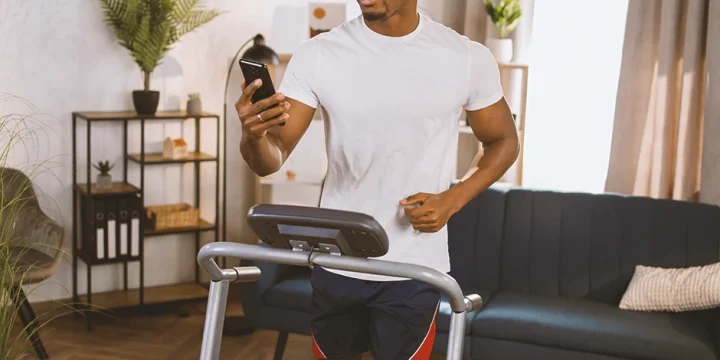Massage balls are great to use after workouts or long office days.
They help to reduce tension in the achy muscle groups and are great for targeting those hard-to-reach regions like the back, feet, and butts.
As a certified fitness trainer with over eight years of experience, I've incorporated massage balls into my routines, and the benefits have been tremendous.
In this article, I will provide my expertise on the best way to use massage balls, their benefits, and exercises you can execute with them.
Quick Summary
- You use a massage ball by rolling it over the muscles you're experiencing stress in. If done correctly, this can help enhance muscular function and assist in alleviating any soreness and stiffness by increasing blood flow and circulation to that area.
- Trigger point therapy should be done after exercising or whenever you are in pain during the day to offer deeper massage on the tense region.
- According to studies published on Research Gate, using a massage ball can reduce muscle tension, stiffness, tightness, and discomfort to promote deep relaxation and better sleep.
- As a fitness coach, I've found that a massage ball is not just a tool but a vital ally in combating muscle soreness and enhancing mobility.
Using a Massage Ball

Massage balls come in various sizes and shapes, from very smooth and solid, like a lacrosse ball, to tiny and soft, like a squash ball.
You can also employ a spikey massage ball.
- To use, place the massage ball (or a tennis ball) on a section of your body, apply light pressure first, and start making small circles with the massage ball. Move the ball over the entire space gradually.
- When you locate a place that seems sore, even though you want to relieve the strain, it implies you've identified a muscle that may need more attention.
- Continue to apply the pressed circles in this place gently - but not so hard as to cause pain (performing a little work daily on a sore spot will gradually release the muscle).
- Breathe deeply and slowly as you move into the soreness and relax the muscle.
- After a few minutes, release the massage ball (tennis ball) and compare how that spot feels to the exact location on the other side of your torso. Then, if necessary, repeat the procedure on the opposite side of your body.
"Different sizes and surfaces will feel distinctive to each person, so you'll have preferences for what sort of massage ball feels best in particular areas."
- Brett Williams, National Academy of Sports Medicine (NASM) Certified Personal Trainer
Applying this method to your whole body might take some time, so focus on one region at a time during each session, finishing a few sessions every week.
In my experience as a fitness coach, clients who follow this approach tend to see better results and feel more rejuvenated.
Ensure you hydrate after this therapy; your muscles will require plenty of water to heal after the massage.
Benefits of Using a Massage Ball

- Using a massage ball can reduce muscle tension, stiffness, tightness, and discomfort to promote deep relaxation and better sleep, as per studies published by Research Gate [1]. Additionally, they have been scientifically proven to enhance muscular function and circulation, offering benefits that surpass traditional massage techniques.
- A temporary increase in localized blood flow benefits soft tissue health and circulation.
- Offers deep tissue massage, relieving them of stress and pain sensations and perceptions.
- They can also aid in recovery due to the capacity of a massage ball to produce self-myofascial release (SMR). According to studies published by the National Library of Medicine, this phrase defines the application of force to a muscle to induce muscular relaxation in the neurological system [2].
- Studies published by the National Institutes of Health suggest including percussive massage treatments in warm-up routines to optimize athletes' flexibility levels without losing muscle performance, a practice that could be replicated with massage balls [3].
- Enhances joint mobility.
Massage Ball Exercises

Massage balls, like tennis or spikey balls, are effective for self-massage and SMR, reducing stress, and pain, and enhancing blood flow through acupressure.
As a fitness coach, I've observed significant benefits in clients, particularly athletes, using these for focused muscle relief.
They're especially useful for athletes rehabilitating from sports injuries, targeting precise muscle groups for quicker recovery.
"They may be employed to target difficult-to-reach places like your plantar fascia. Vibrating massage balls, which assist in reducing muscular tension by focused vibration, are also popular these days."
- Dr. Dan Giordano, Certified Strength & Conditioning Specialist
The purpose of these workouts is to stimulate only soft muscle tissue while avoiding bones and joints.
Massage Ball Chest
Put the ball on the upper chest while facing the wall. Press into the wall while pressing your chest to release the pectoral major.
Massage Ball Feet
Begin by placing the massage ball underneath the arch of the foot.
Gently roll the ball back and forth while pressing your body weight firmly into the ground to offer instant relief from the tight muscle.
Plantar fasciitis patients might also benefit from the massage ball.
Massage Ball Hamstring
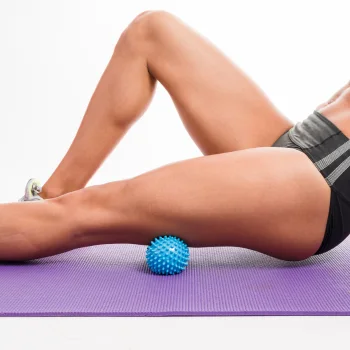
Place both legs on the floor or your favorite exercise mat. Stretch out your working leg while bending the other knee to 90 degrees.
Place the massage ball on top of your hamstrings. Keep the elbows straight and both hands on the ground behind you.
Lift your leg off the floor and gently roll it onto the massage ball.
Then, adjust the massage ball slightly above your knee and repeat the same side-to-side motion.
Massage Ball Calf
Take a seat on the mat or ground. Stretch out your working leg while bending the other at 90 degrees.
Place the ball at the highest point of the calf you wish to concentrate on, near the knee. Brace your body by placing your arms behind on the floor.
Move your butts forward and backward so the massage ball glides up and down the calf muscle.
Focus on working 1-2 inch areas of your calves for 10-15 seconds before repositioning.
Learn More: Calf Exercises for Mass and Strength
Massage Ball Hip
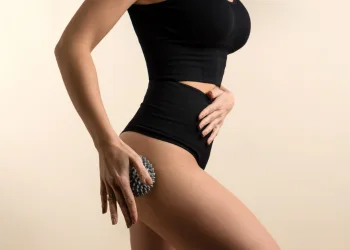
Place the forearm on the floor while extending your leg, then lie on your tightened side.
Bring the opposite leg in front.
Put the massage ball beneath your hip and your arm in front of you on the ground.
Move the hips around to relieve pressure in the tight spots.
Massage Ball Quads
Lie on your stomach with your elbows supporting you, like a plank posture.
Raise your right leg, rotating it out to the side of the body.
Place the massage ball beneath your left thigh, with the foot extended and the toes pressed into the ground for more leverage.
Then, push forward and backward with your toes, and roll the ball into the desired spots.
Massage Ball Lower Back
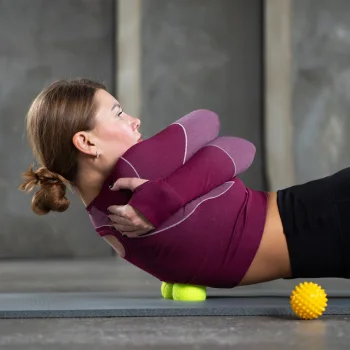
Vertically place the massage ball beneath your lower back.
Then, while breathing deeply, roll from side to side.
Make sure to target your entire lower back.
When you reach stiff areas, proceed carefully to massage away the discomfort, pressing your body weight on the ball.
Massage Ball Glute
Sit on the ground, knees bent, legs flat on the floor before you.
Put your arms on the floor behind you to provide support. Then, place the massage ball beneath your left glute.
Push off the floor with both hands and roll the ball about until you identify the hurting region, then massage the pain away.
Massage Ball Forearms
Put the ball on a table and place your forearm over it. While moving the ball below the elbow to your wrist, press down with the forearm, and massage the area.
Massage Ball Neck
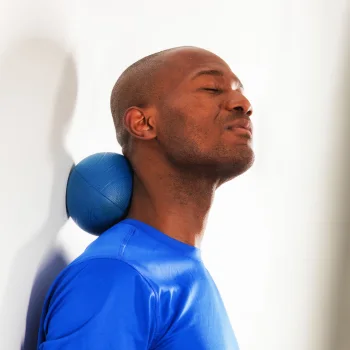
Place the massage ball behind the neck to the left of the spine, below your skull, while lying on the ground.
Then, roll the head from side to side, taking caution not to come into direct contact with the bones.
Massage Ball Spine
Put the massage ball horizontally on your back, about halfway down.
Then, roll down and up by pushing your heels into the ground and putting your forearms on the floor to the sides of your body to balance yourself.
Massage Ball Upper Back/Shoulder
Some of my clients who experience upper back and shoulder tension have found this technique particularly beneficial.
By placing the ball against the wall and gently rolling it between their shoulder blades, they've been able to alleviate discomfort and improve their posture.
To relieve pain, push into the wall with your hands. Move in gentle circular motions, avoiding direct contact with the scapula.
FAQs
Is the Stair Stepper Good for Belly Fat?
You use a massage ball for about 30 to 60 seconds or until the soreness in your muscles subsides.
How Effective Is a Massage Ball?
Massage balls are effective in reducing tension, tightness, and soreness in your muscles.
What Does a Massage Ball Do to Muscles?
Massage balls can help relieve muscle tension, stiffness, and discomfort. Massage balls can improve blood flow, a key aspect in repairing and nourishing the whole body.
References:
- www.researchgate.net/publication/338036178
- https://www.ncbi.nlm.nih.gov/pmc/articles/PMC4637917/
- https://www.ncbi.nlm.nih.gov/pmc/articles/PMC7675623/
About The Author
You May Also Like
